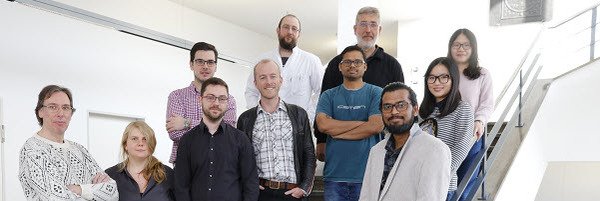Hydrogen embrittlement is one of the most substantial issues as we strive for a greener future by transitioning to a hydrogen-based economy. The mechanisms behind material degradation caused by hydrogen embrittlement are poorly understood owing to the elusive nature of hydrogen. Therefore, in the project "In situ Hydrogen Platform for…


